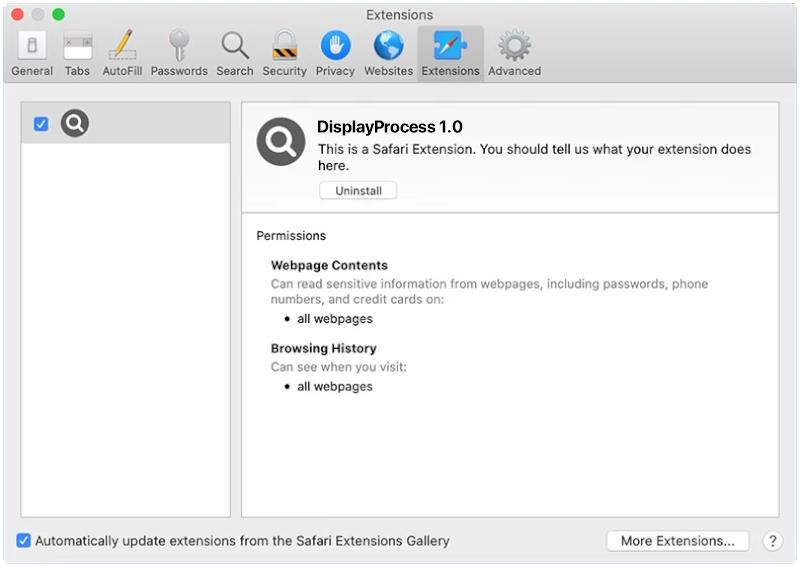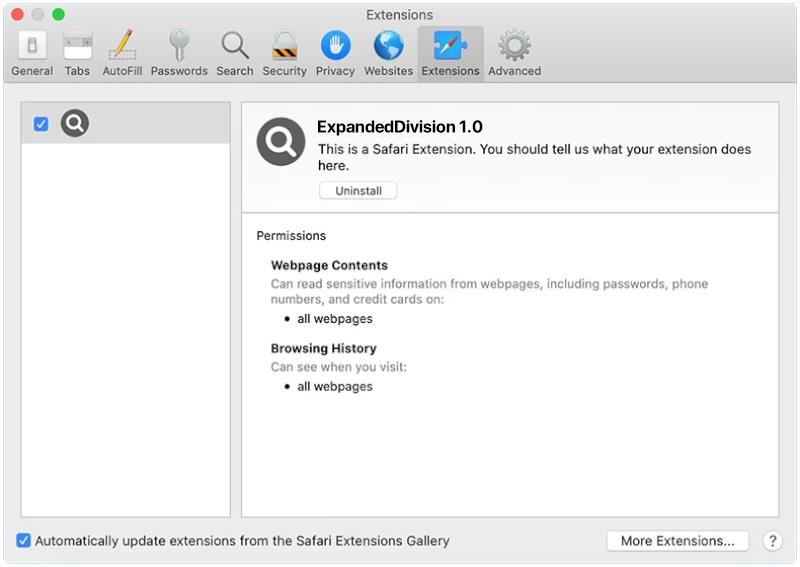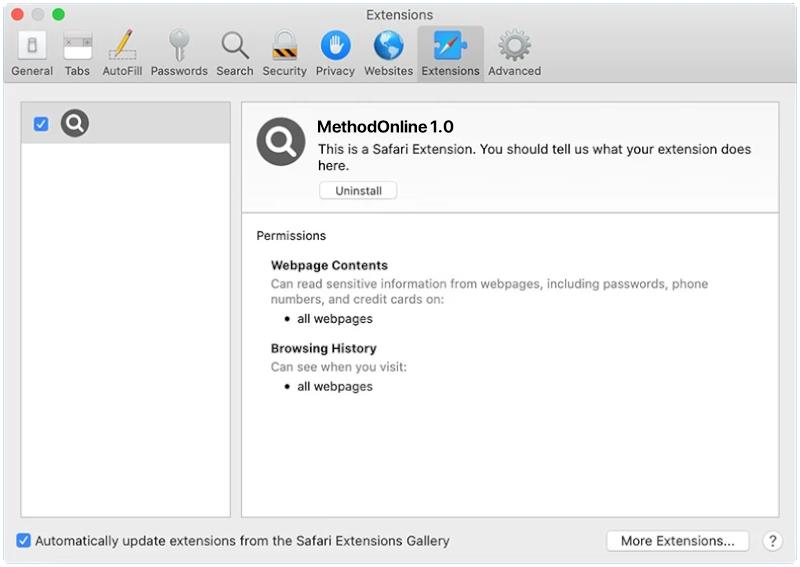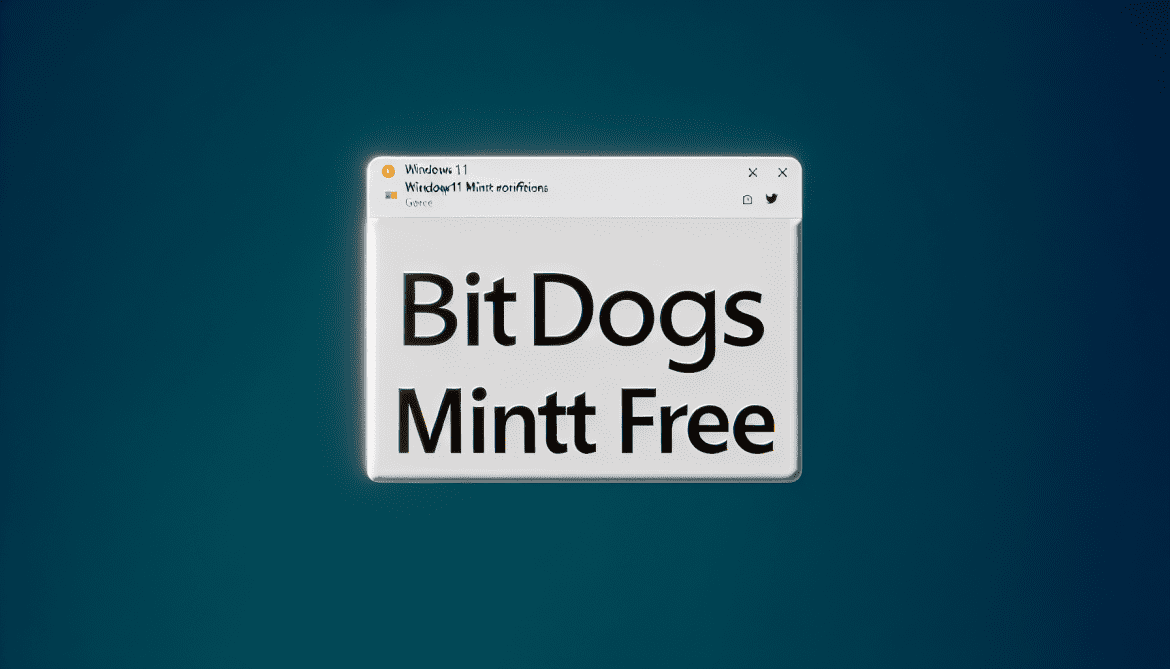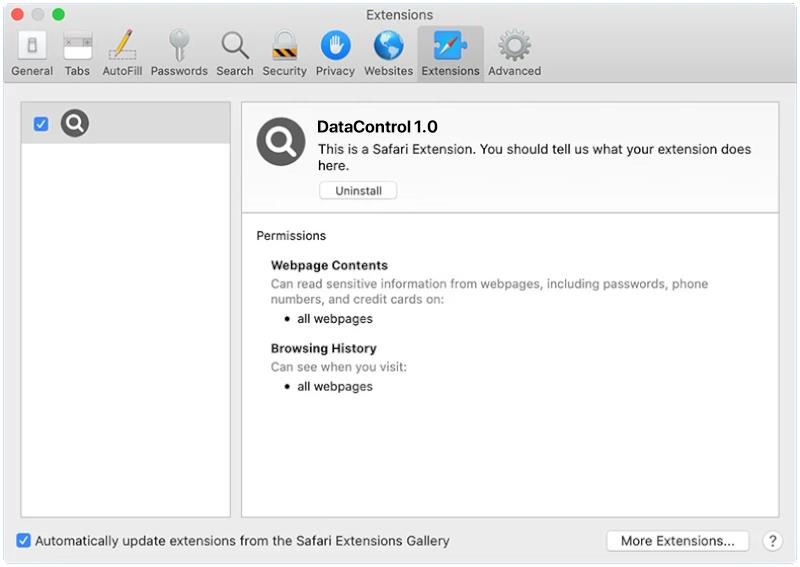AllosaurusFragilis is a type of adware, which is a malicious software that infiltrates your computer system without your knowledge or consent, and displays unwanted advertising content. This adware can be particularly harmful as it not only disrupts the user experience with unsolicited ads, but can also monitor your online activities, collect personal information and conduct other privacy-invading behaviors. It may redirect your browser to dangerous sites, insert ads into web pages that you visit, or even replace legitimate ads with its own, potentially leading to further malware infections or scams.
AllosaurusFragilis typically infects computers through deceptive methods. It can be bundled with free software downloaded from the internet, where the adware is hidden in the installation process and gets installed alongside the desired program without the user’s knowledge. It can also infiltrate your system through malicious email attachments, infected websites, or fake updates. Once inside, it can change your browser settings, install additional harmful software, and start its intrusive advertising and data collection activities. Therefore, it’s crucial to have a reliable antivirus program and to practice safe browsing habits to prevent such infections.




